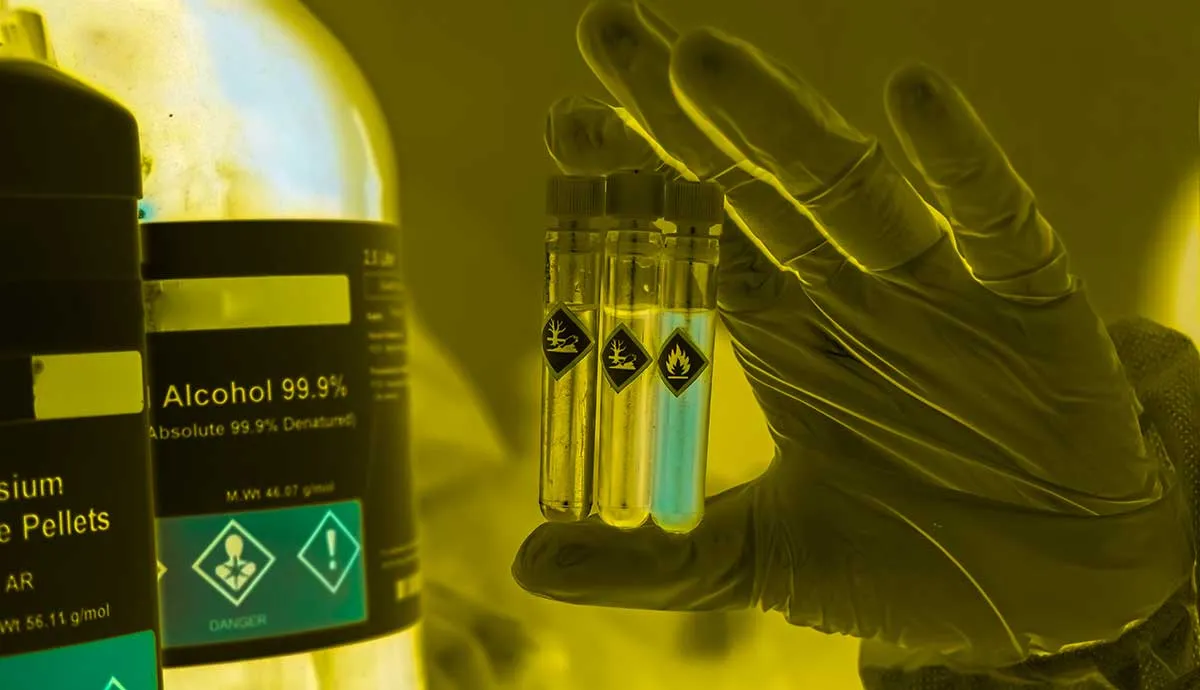Simply defined, thermoplastic elastomers (TPEs) are a type of plastic that have been refined to create a soft, rubbery feel. Traditional TPE types are made by combining a hard material with a soft material, either chemically or by a machine. Based on the polymers chosen to create a specific TPE type, different performances and properties can be achieved.
With such versatility, TPEs can be formulated to be chemically resistant and customized to meet demanding application needs. To understand the chemical resistance performance of the TPE, it is important to consider the chemical resistance of different materials that can be used in formulating it.
This chart demonstrates the range of chemical resistance performance by material type against common chemicals.
Chemical Resistance by Material Type

A benefit of this variability is that by combining multiple polymers in a formulation, the final chemical resistance may result in a blend of all those polymers’ properties.
Bottom Line
The chemical resistance of TPE formulations can vary, so the final formulation will need to be tested and confirmed in relation to the needs of the application. Time, environmental conditions, and solution concentration can also play significant roles in chemical resistance performance. The adaptability of TPEs makes them useful across industries and applications, but it is important to consider all factors in order to properly determine if a TPE is the best fit and select the right formulation for your application.
If you’d like assistance with material selection for your applications, contact us. Our team of experts has the material expertise to determine what will work best in your situation.
